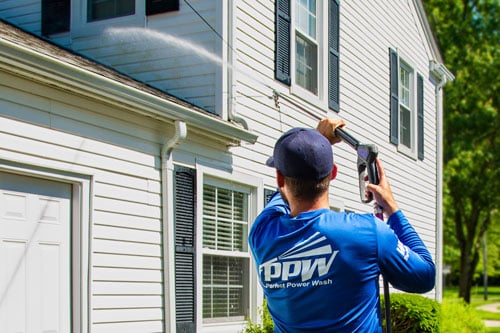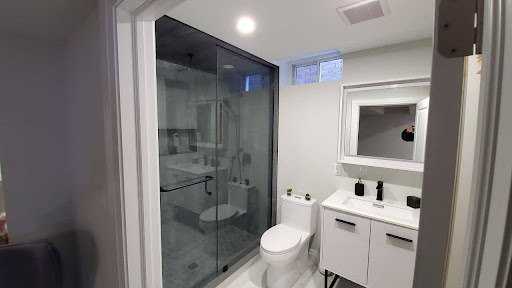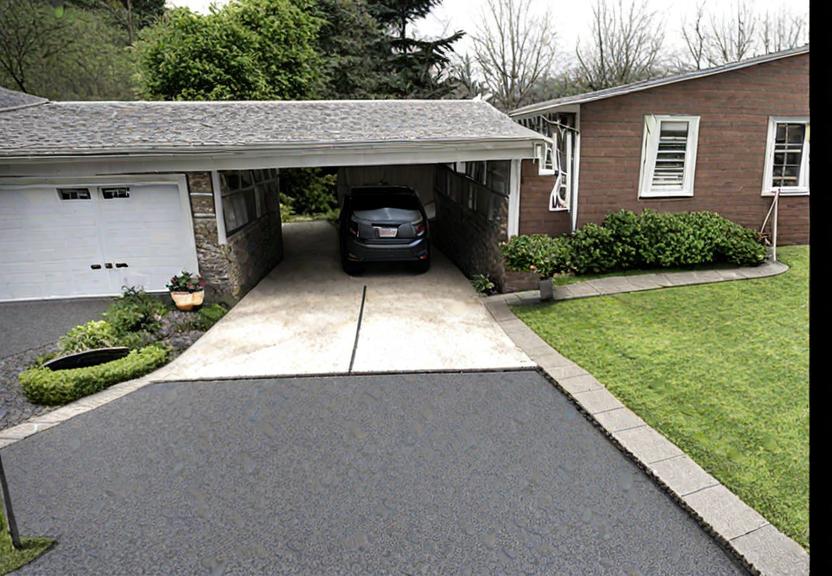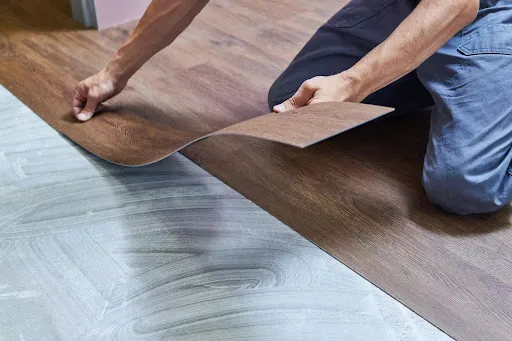Professional soft washing has emerged as a safe, effective, and eco-friendly alternative to traditional pressure washing when cleaning and rejuvenating various exterior surfaces. This method utilizes specialized chemical solutions and low-pressure water to gently remove dirt, algae, mold, and other unsightly contaminants from surfaces without causing any damage. This article will delve into professional soft washing, exploring its techniques, benefits, and environmental considerations.
Table of Contents
Understanding Soft Washing Techniques
At the heart of professional soft washing lies a unique combination of chemical solutions and low-pressure water application. These cleaning solutions are specially formulated to break down dirt, grime, and organic matter, allowing for an efficient and thorough cleaning process. Unlike pressure washing, which uses high-pressure water that may cause harm to delicate surfaces like roofs and siding, soft washing ensures a gentle touch while achieving excellent results.
Before commencing any soft washing job, professionals thoroughly assess the surface to be cleaned, identifying any potential problem areas or sensitive materials. They then select the most suitable cleaning solution based on the specific contaminants and surface type to ensure optimal results without causing any damage.
Performing the Soft Washing Process
The soft washing process follows a structured approach that guarantees safety and effectiveness. Before starting, professionals set up the work area, securing loose objects and safeguarding nearby plants and vegetation. They wear appropriate personal protective equipment (PPE) to protect themselves from potential chemical splashes.
The first step involves applying the selected cleaning solution to the surface, ensuring even coverage. This chemical is left to dwell for a specific period, allowing it to break down contaminants thoroughly. In some cases, gentle agitation might be necessary to target stubborn stains.
Next, the soft washing technician carefully rinses off the cleaning solution using low-pressure water. This step requires finesse to avoid water intrusion into sensitive areas, such as roof shingles or electrical components. Professionals pay close attention to their work, ensuring no residues are left behind.
Dealing with Specific Surfaces and Stains
Professional soft washing is versatile and suitable for various surfaces, including roofs, sidings, decks, and driveways. For roofs, soft washing is particularly beneficial, as it effectively removes algae, moss, and lichen without causing damage to the shingles. Similarly, sidings made from vinyl, wood, or stucco can be safely cleaned using soft washing.
Algae, mold, and mildew growth on exterior walls are common problems that soft washing addresses effectively. Additionally, professionals are equipped to handle more challenging stains, such as rust on metal surfaces and oil and grease stains.
Post-Soft Washing Procedures
After the soft washing process, professionals take the necessary steps to dispose of wastewater and chemicals properly. They comply with local environmental regulations to protect the ecosystem and prevent harmful effects on nearby water sources.
Clean-up and restoration of the work area are crucial to leaving a positive impression on clients. Removing protective coverings and returning outdoor furniture to their original positions demonstrate attention to detail and professionalism.
Safety and Environmental Considerations
One of the significant advantages of professional soft washing is its commitment to safety and environmental consciousness. Using low-pressure water significantly reduces the risk of accidental damage to surfaces and property. Soft washing also minimizes water usage, making it an eco-friendly option compared to pressure washing.
To maintain eco-friendliness, professionals opt for biodegradable and environmentally safe cleaning solutions. They take great care to prevent chemical runoff into storm drains, ensuring that nearby vegetation and aquatic life remain unharmed.
Troubleshooting and Common Challenges
Despite its effectiveness, professional soft washing may encounter some challenges. Instances with deeply embedded stains or contaminants might require additional treatments or specific cleaning techniques. Adverse weather conditions, such as heavy rain, might also impact the soft washing process, leading to rescheduling for optimal results.
Conclusion
Professional soft washing is a reliable and efficient method for transforming dirty and grimy surfaces into clean and vibrant ones. Its low-pressure approach and specialized cleaning solutions ensure safety and prevent damage to delicate surfaces. By prioritizing the environment and adopting eco-friendly practices, soft washing professionals continue to impact the cleaning industry positively.
So, the next time you need to revive your exteriors, consider the gentle touch of professional soft washing for outstanding results and peace of mind. Experience the difference this cutting-edge technique brings, as your surfaces are revitalized with care and precision without compromising safety or environmental responsibility.
This article provided by Southern Power Wash





